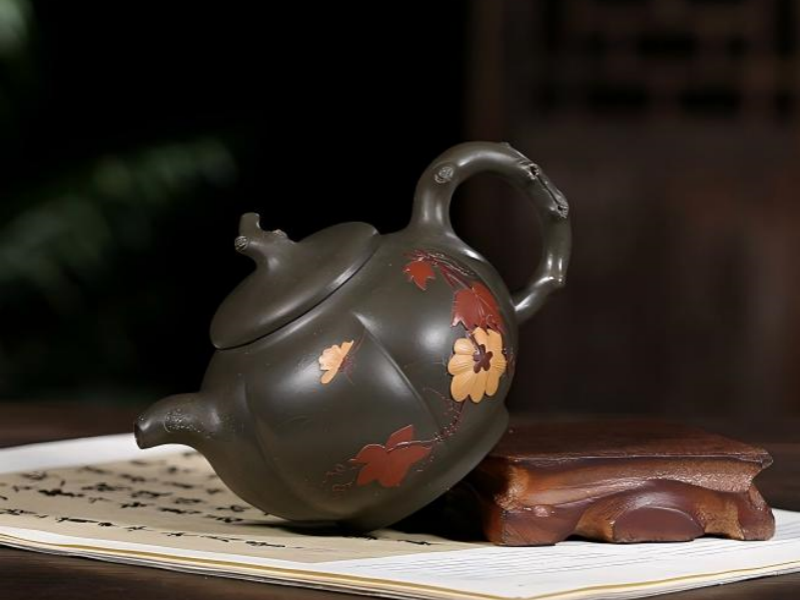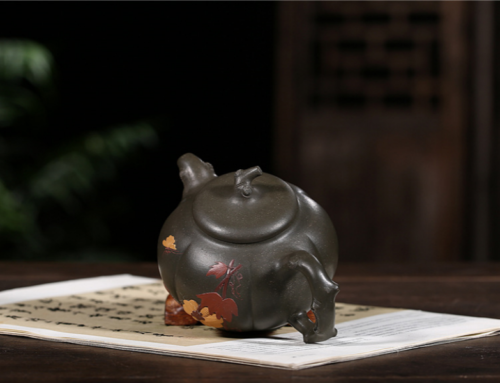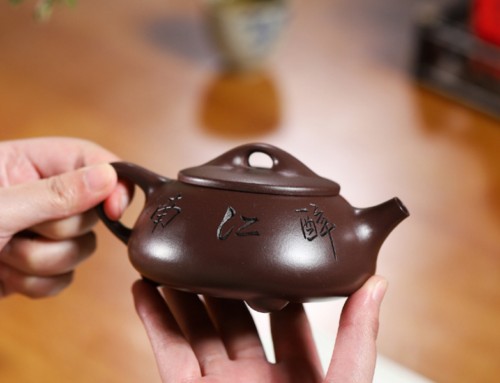Caring for your Yixing clay teapot: how to clean and maintain it
What is so special about a Yixing clay teapot?
If you’ve ever drunk a cup of Chinese tea, you’ve probably met the famous Yixing clay teapot. Originating from Jiangsu, China, Yixing clay or “Zisha” teapots have won the hearts of tea lovers for centuries. The secret lies in its clay―a mineral-rich amalgam derived from the unique geography of the region. The clay has a natural porosity, which allows the walls of the teapot to absorb and retain the flavors and aromas of each brew. A well-seasoned Yixing teapot will develop a patina, a subtle luster that creates a beautiful reflection of years of use and proper care.
The Characteristics of Yixing Clay Teapots:
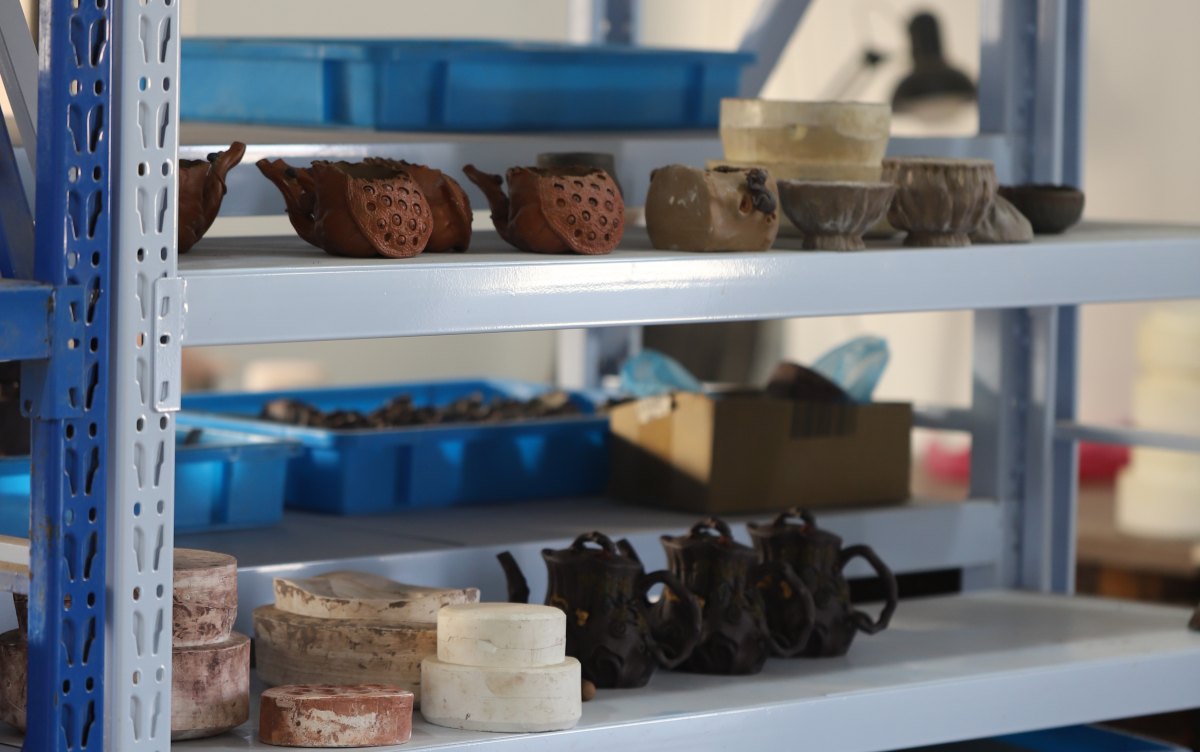
A Yixing teapot is not just a vessel; it’s a living record of every cup brewed, every flavor savored. Yixing teapots are prized for their ability to enhance the tea-drinking experience. With use and care, it will become more and more flavorful and complex over time. From the first pour to the very last drop, a well-seasoned yixing teapot is guaranteed to transform every tea session into a treasured memory.
Essential Steps Before First Use
How to Season Your Yixing Clay Teapot
Before brewing your first pot of tea, your Yixing clay teapot needs to be properly introduced. Seasoning is necessary before use; it isn’t merely a ceremonial practice. The process removes traces left from the manufacturing process and prepares the porous surface to absorb the flavor-enhancing oils found in tea. Why Season Your Teapot? The unique porosity of Yixing clay allows it to absorb the essence of tea, collect infusion flavors, and gradually build a patina. Without seasoning, any leftover dust and residues will affect your infusion experience while leaving your teapot clay “raw” and unable to fully unlock its flavor-enhancing properties. Seasoning is a way of benign the teapot in. How to Season Your Yixing Clay Teapot
Seasoning Dos and Don’ts
| Dos | Don’ts |
|---|---|
| Use only clean, filtered water | Never use soap or detergent |
| Use good quality tea leaves | Try to avoid rushing the process |
| Let it air dry | Don’t use strong-flavored teas unless you plan to stick with them |
| Simmer gently—no rapid boil | Don’t scrub with anything rough on the surface of the clay |
Data Source: Cultural practices recognized by the Ministry of Culture and Tourism of the People’s Republic of China, regarding the “Yixing Zisha Pottery Technique” as an Intangible Cultural Heritage
URL: https://www.ihchina.cn/project_details/13228/
Data Source: Tea preparation and brewing methodology from the International Organization for Standardization — ISO 3103:2019 “Tea — Preparation of liquor for use in sensory tests”
URL: https://www.iso.org/standard/73224.html
Data Source: Preservation tips and user guides from the Palace Museum, Beijing, in their collection and interpretation of historic teaware for long-term conservation
URL: https://en.dpm.org.cn/
Most Yixing adopted folks will designate each teapot for a general kind of tea (oolong, pu-erh, green, etc.) Such purists assert that switching from one kind to another will eventually muddle the teapot’s overall quality. (Fact: “I seasoned my first Yixing teapot with Tieguanyin oolong. Decades later, the brew retains hints of the first week’s leaves in flavor, sweet and milky.”) By seasoning your Yixing clay teapot with patience and care, you will ensure that countless pots of tea will reflect tradition as well as part of your own history.
Daily Cleaning and Comb Care Rituals

Cleaning After Each Use
Routine care is the heartbeat of caring for your Yixing clay teapot. Rinse your teapot after each use, without soap. Since Yixing clay is naturally porous, it will absorb any detergents, forming lingering flavors long after cleanliness is no longer a factor. Instead, loose your pot’s leaves, rinse your teapot with warm water, and air dry the teapot with its lid removed. This will prevent excessive moisture buildup and keep the interior of your teapot crisp. Why no soap or harsh cleaner? Soap is not only unnecessary to clean an Yixing teapot, it can be detrimental. Since the high-fired clay is extremely porous, any surface that touches the soap can absorb its scent and flavor and introduce it to your tea for months afterwards. If in doubt, the boiling-hot water used to brew tea will go a long way in killing anything on the inside of your Yixing teapots the way a sanitizer might. If something must be done to clean the teapot, your best bet is to clean a Yixing teapot by boiling it in plain water in a steel or glass vessel.
Quick Reference for Daily Cleaning Procedures:
Testimonial: A Shanghai-based Yixing collection reported that he once washed one of his pots in mild dish soap for weeks, then noticed a soap flavor in his tea for the next fives brews. After washing only in plain water, the flavor was not apparent on the sixth brew and has not returned since.
Treating tea stains and odors
Yixing clay teapots will naturally develop a rich patina over the years that reflect its long timeline of brewing tea. Stains are a natural part of the patina but sometimes, they can stubbornly stick, or strange odors can form in the teapot. To remove these stains, fill the teapot with warm water and allow it to soak for several hours. Then, take a soft brush (make sure not to use metal or hard bristles, which will damage the surface of the pot) and gently rub the stain. If any odors remain in the teapot, you could also fill the pot with warm water and several used tea leaves and allow it to sit for several hours. The tannins in the tea will help eliminate unwanted odors.
Natural remedies for stained and odorous Yixing teapots
| Teapot issue | Solution | How often to do |
|---|---|---|
| Tea stains | Warm water soak, soft brush scrub | Monthly |
| Odors | Soak in water with used tea leaves | As needed |
| Mold | Fill pot with water, boil, dry completely | very rare (if improperly stored) |
Data Source: Evaluation based on ISO 14507:2018 (Ceramic and glass product standards) and PGI specifications for Yixing products from Jiangsu Province Protected Geographical Indication registry
URL: http://www.cnipa.gov.cn/art/2020/7/1/art_2225_494.html
Data Source: Traditional Zisha teapot maintenance practices compiled by the China National Arts & Crafts Society and practitioners of Intangible Cultural Heritage from Yixing, focusing on stain and odor removal using non-chemical, tea-based methods
URL: https://www.ihchina.cn/project_details/13228/
Tip: always dry your Yixing teapot upside down with the lid aside from the pot. This will ensure that air circulates through the pot when drying, reducing the risk musty odors developing in the teapot. A daily regimen of cleaning protects your teapot’s integrity and permits natural flavours to take centrestage in every brew. Your Yixing clay teapot is like any longtime friend in your life; gentle care, regularity and a little patience will go a long way.
Deep Cleaning and Long-Term Care
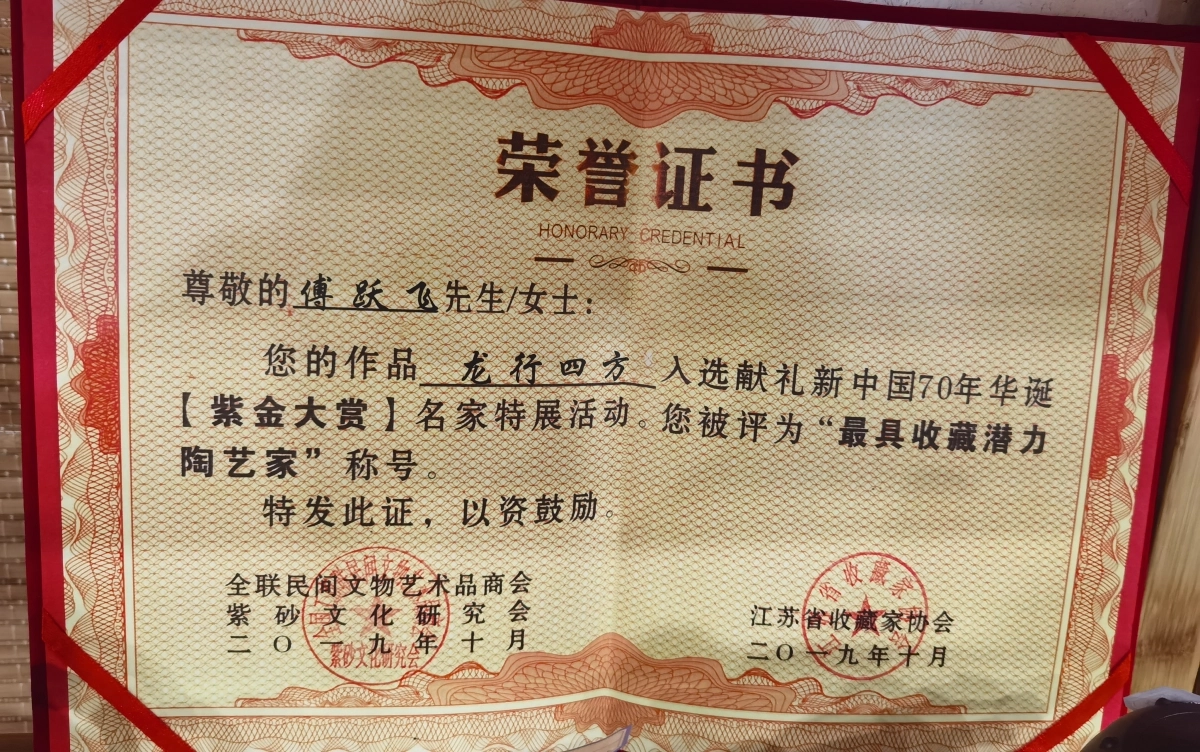
When and How to Deep Clean
Even with the most gentle daily-care habits, your Yixing clay teapot will occasionally require a deeper clean. Over time, mineral build-ups, stubborn stains, and even musty odours can become prevalent, especially if stored damp or used infrequently. A deep clean will help remove all that, refreshing the clay and allowing it to continue forming patina unhindered. Common Signs that Your Teapot Requires Deep Cleaning:
Safe Deep Cleaning Methods:
Deep Cleaning Frequency Chart Signs that Your Teapot Requires Deep Clean graph TD A[Teapot smells musty] –> B[Requires Deep Clean] A2[Stubborn stains are visible] –> B A3[Mineral deposits visible in spout] –> B A4[Visible mould spots] –> B
How to Store a Teapot Properly
Storing_correctly is probably the most important Yixing teapot maintenance rule. Clay teapots are very porous, meaning that they absorb the external moisture, scents and are also quite sensitive to temperature changes. Store your teapot in a dry cavity, with proper circulation of the air. Dry your teapot before you store it. We recommend storing your teapot with your lid slightly open or covering the whole teapot with a cloth covering. Don’t store your pot in areas with strong scent or odour (a cabinet with spices, or chemicals). Your teapot stores better in a box that air can get into or in the open on a shelf. Use a box without restricted airflow to store your teapot. Don’t use kitchens with chemicals or strong aroma to store your teapot, especially objects that are stored long term (such as heirlooms or collector pieces) should be preserved SUPER carefully. Using a breathable cloth bag or box that allows the air to enter freely, in a dry environment will help you significantly to preserve your valuable teapots. When taking a break from daily use or during tea hibernation (of several weeks), storing them is always a good habit. Human example: An English tea lover from London stored her Yixing in a close cabinet with curry powder. Within a month’s time, her pot started to smell like curry and the teas she brewed tasted of turmeric. After extensive cleaning and movement to a new storage it retained it’s previous flavours and aromas. (Store the teapot lid off) Long-term care isn’t difficult, but neglect leaves a lasting impact. Through an alliance of deep cleaning and thoughtful storage, your Yixing clay teapot can become a friend for life—a friend that only improves with age and devotion.
Common Mistakes to Avoid
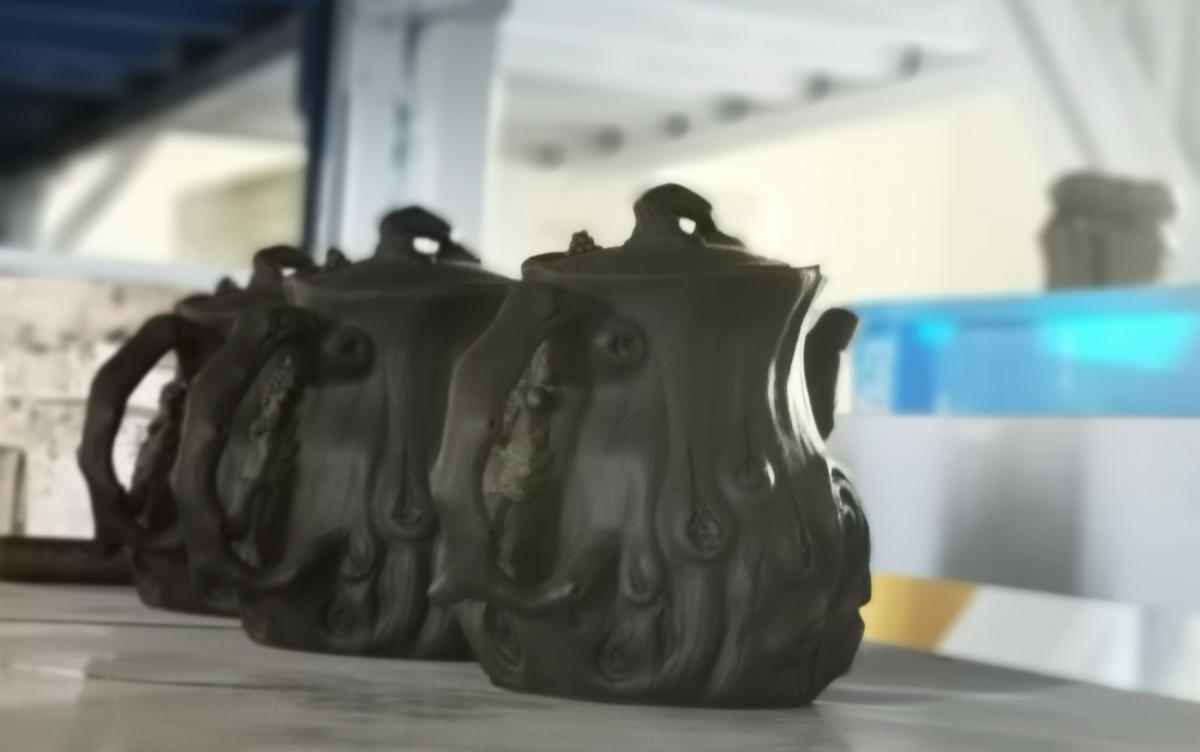
Caring for your Yixing clay teapot isn’t just about what you do—it’s also about what you don’t do. Some mistakes can quickly undermine months or years of careful seasoning, robbing your teapot of its character and longevity. Over-Cleaning and Using Chemicals One of the biggest blunders is over-cleaning. Scrubbing aggressively or using harsh chemicals strips away the valuable patina you’ve worked so hard to build. The patina—a thin, glossy layer inside the teapot—is what gives your brews their distinctive, mellow flavor. Once lost, it can take dozens of uses to rebuild. Table: Mistakes and Their Consequences
| Mistake | Consequence |
|---|---|
| Using soap or detergent | Lingering chemical taste, lost patina |
| Scrubbing with abrasives | Scratched, damaged clay surface |
| Rapid temperature changes | Cracks or breakage |
| Storing wet | Mold growth, musty odor |
| Brewing different teas | Mixed, muddled flavor profile |
Data Source: Evaluation based on ISO 14507:2018 (Fine ceramics — Cooking utensils — Properties and test methods), which covers stability under temperature change and chemical interaction
URL: https://www.iso.org/standard/62138.html
Data Source: PGI specifications for Yixing Zisha products from the Jiangsu Province Protected Geographical Indication registry, detailing preservation of clay structure, avoidance of chemicals, and single-tea practices
URL: http://www.cnipa.gov.cn/art/2020/7/1/art_2225_494.html
Switching Tea Types and Flavor Transfer Yixing teapots thrive when dedicated to one type of tea—oolong, pu-erh, green, or black. Brewing a variety of teas in one pot muddles the flavor memory, making each cup less distinctive. If you want to explore different teas, consider owning several teapots. Each one becomes a specialist in its assigned tea. Quote from a Yixing collector: “I made the mistake of brewing jasmine tea in my pu-erh pot. The floral aroma lingered for months, and my beloved earthy pu-erh never tasted the same.”
Quick Tips to Avoid Common Mistakes:
Making these simple adjustments keeps your Yixing clay teapot in prime condition, ready to deliver unforgettable tea with every brew.
Quick Answers to Popular Questions

When caring for your Yixing clay teapot, you might run into common questions that many tea enthusiasts share. Here’s a handy guide to the most frequent queries—plus concise, practical answers to keep your teapot in excellent shape.
Table of Contents Yixing Teapot Top FAQ’s.
| Questions | Short Answers |
|---|---|
| Are you supposed to clean teapots after each use? | Yes, with warm water only. |
| How often should I deep clean my teapot? | At least once every six months, or whenever it seems necessary. |
| Should I use soap or detergent to clean my pot? | Never. |
| Can cracks in my teapot be repaired? | Some cracks are natural, but it’s not recommended to repair cracks. If your pot leaks, best to retire it from use. |
| Should I allow patina to build up in my teapot? | Yes! Patina can improve the flavor of your tea, and even increase the value of your teapot. |
| Can I brew different types of tea in the same teapot? | Ideally, no. Specific types of clay are suited best for certain teas, and it’s best to have a dedicated pot for each type of tea. |
| How can I remove a bad odor or mold from my teapot? | Boil and/or soak it in water, dry it off completely. |
Data Source: Ministry of Culture and Tourism of the People’s Republic of China — Intangible Cultural Heritage listing for Yixing Zisha Pottery Technique
URL: https://www.ihchina.cn/project_details/13228/
Data Source: ISO 14507:2018 (Fine ceramics — Cooking utensils — Properties and test methods), which includes recommendations for material compatibility, thermal cycling, and cleaning procedures
URL: https://www.iso.org/standard/62138.html
A Yixing clay teapot that’s been properly loved and cared for will reward you with deep, complex flavors and a little piece of tea history with every sip. With these quick answers, you’ll solve problems before they happen—so you can spend less time worrying and more time enjoying the ritual of tea.
Conclusion: Cherishing Your Yixing Teapot for Years
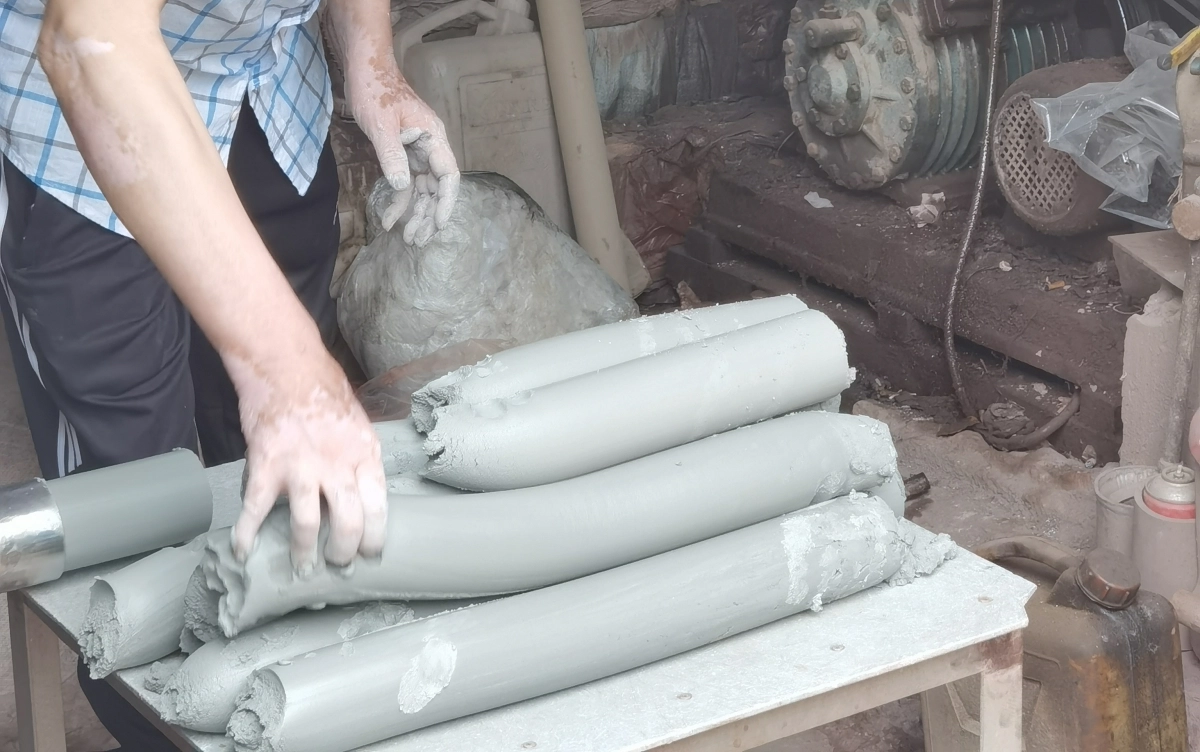
Tending to a Yixing clay teapot is not a mere task. It is a time-honored tradition. With each rinse, pat dry, careful brew, you are not only guarding clay and craft you are nurturing a teapot that gets better every year. The patina deepens, flavors gather depth, and your tea is no longer just a drink but an experience that you had a hand in shaping.




